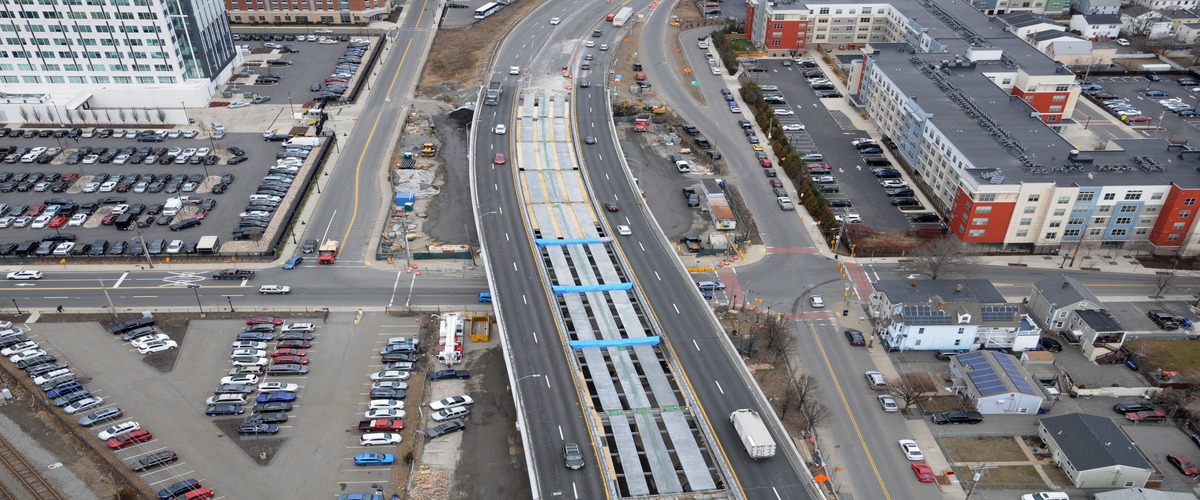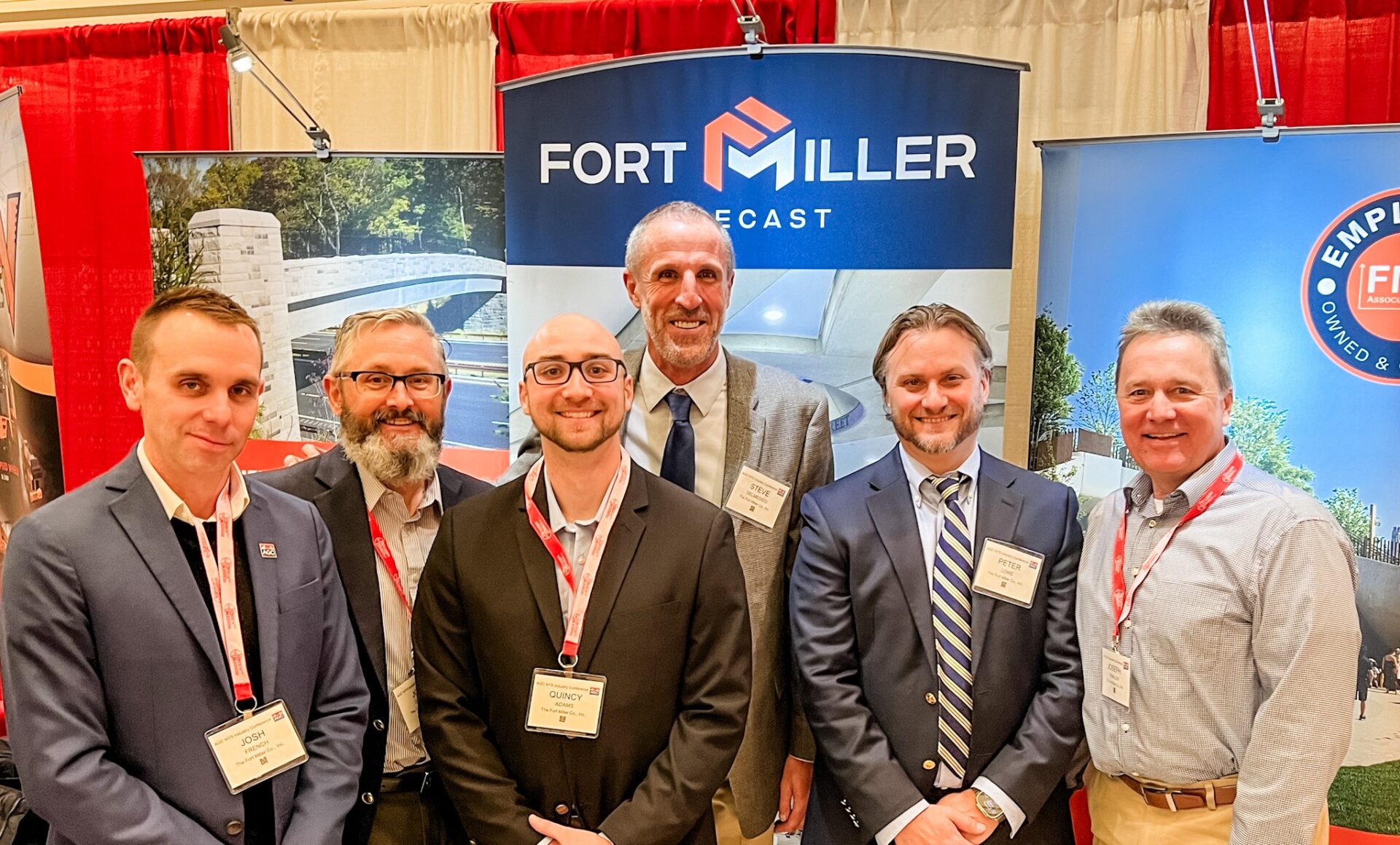As the construction industry continues to evolve, embracing innovative methods like precast concrete continues to be instrumental in meeting the demands of modern infrastructure. The sustainability of precast concrete exists at every level of its creation from its efficiency and usability to the very materials used to make precast concrete. In addition, sustainability, defined by BIBM (Federation of the European Precast Concrete Industry) as development that meets the needs of the present without compromising future generations’ ability to meet their own needs, is built into the approach of precast concrete manufacturing.
Precast concrete provides benefits to both the environment and modern society because it offers a fast, standardized means of construction that has vast applications in the current world. For example, the fast construction time for road and bridge projects that use precast elements reduces disruption to normal driving patterns as well as traffic around the construction site. In turn, this reduces vehicle emissions that come from slow-moving traffic and minimizes the need for drivers to take the “long way” around a site. Precast concrete also uses less water than cast-in-place methods and keeps the area around the construction site cleaner.
Project Spotlight: Chelsea Viaduct
A great example of how the sustainability of precast concrete looks in a real-world application took place in 2019, when Fort Miller Precast contributed prefabricated bridge units (PBUs) for the construction of the Chelsea Viaduct, a significant north/south artery carrying U.S. Route 1 through Chelsea, Massachusetts. This project perfectly illustrates many of the sustainability advantages of using precast concrete for construction projects for large-scale work in busy urban areas.
In partnership with the project’s main contractor, Skanska McCourt JV, Fort Miller provided 313 PBUs for the project. These units ranged in size from 20 feet long to 85 feet long. Once laid, they created 136,000 square feet of precast area, which ultimately became 70% of the new deck of the Chelsea Viaduct.
Fort Miller manufactured each of these PBUs in our offsite facility using cast-in-place closure pours surrounding each of the PBUs. With the heaviest units weighing in at 150,000 lbs. Fort Miller partnered with Bay Crane for delivery to Chelsea.
Crews often worked during off-peak and nighttime hours to reduce the disruption to traffic due to the project, a possibility made easier by the precast process. As a result, the project took just over a year. It also included several additional updates, such as lighting, drainage, crash-tested bridge barriers, and installation of a new snow fence. The updates to the Chelsea Viaduct not only provided the drivers on Route 1 with a new, safer roadway, but also led to an upgraded structure with a 75-year design life, thanks to the durability and longevity of the components used, including PBUs.
Precast Concrete Sustainability Benefits
Outside of the construction project itself, every aspect of precast concrete offers some level of sustainability benefits.
Environmental Sustainability
Precast concrete production often results in less waste generation compared to traditional cast-in-place methods, which can help contribute to green building practices. The ability to reuse molds and the reduced need for onsite construction equipment can also contribute to a lower environmental footprint for your construction project.
Durability and Longevity
Because it is manufactured in a controlled production environment, manufacturers of precast concrete can ensure higher compressive strengths, and this contributes to a longer lifespan for any structure using those components. In addition, precast concrete has excellent durability and weather resistance, making it suitable for various environmental conditions.
Waste Reduction and Recycling
Precast concrete manufacturing is a controlled process that takes place in specialized facilities. This controlled manufacturing environment allows for a more efficient use of materials, reducing waste during production. Additionally, any waste that is generated can be more easily managed and recycled in a controlled setting, and the molds that manufacturers use in precast concrete production can be reused multiple times, further minimizing waste generation.
Learn More from Fort Miller Precast
Since the 1940s, the Fort Miller Group has operated in the construction and precast fields, starting with simple structures such as stairs and manholes. Our company has grown to provide sustainable precast concrete structures for some of the most famous places in the world, including Little Island at Pier 55 and Grand Central Terminal in Manhattan.
Over the years, we have grown alongside precast concrete, intimately learning all about its many sustainability benefits. Interested? Contact us to learn more.


